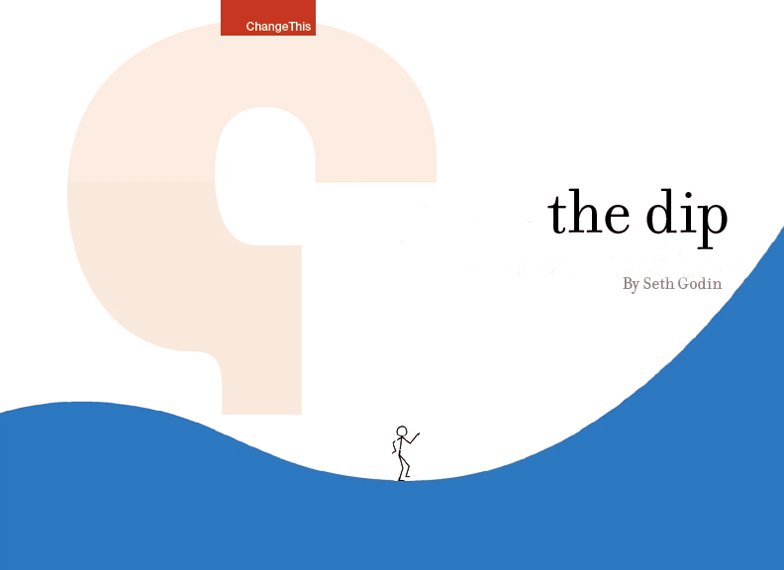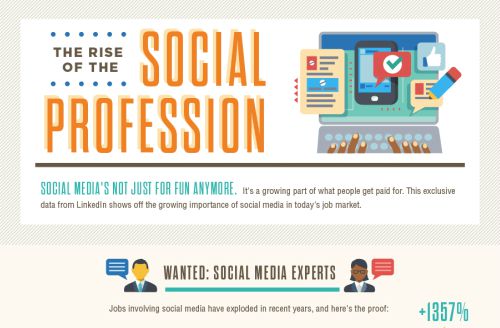Article written by Maria Fonseca and Paula Newton
Big data has certainly become a buzz phrase in recent years. Big data allows us to capture all kinds of information and find patterns that would previously have been possible to identify. But big data may not necessarily answer all of our data questions, at least not yet. After all, it can be argued that there are still some types of information that big data finds it difficult to capture. That is the human side of big data. Writing for Information Age, Ben Rossi (2014) describes the complexity of the relationship between humans and data. Rossi raises the question regarding to what extent the analysis of big data helps and informs the human race and how is it possible to more closely intertwine the worlds of humans and big data. One thing that can be said with certainty is that the relationship between the two is highly complex.
One of the greatest challenges but most important practical uses of big data is the need to understand human behaviour better, so that it can be better predicted how and when that behaviour will change and what prompts that change. Some examples are offered such as getting information from toll roads and ticket machines to understand how and why people travel can help in order to get them to use better transport options such as biking and walking, encouraging more sustainable approaches. It is a type of granularity of information that will help businesses to be able to meet people’s needs more responsively by pre-empting what people are about to do. Of course this is also quite difficult to do. The challenge is that while big data is good for helping to suggest other choices it cannot get into someone’s mind and understand the decisions that people make and the thinking behind them. There are very many variables making it challenging to do so.
An excellent example is offered which helps to understand the complexity behind the problem. By looking at the reasons that people like Facebook posts we can see that there are many different motivators. For example, some likes are just made without even really thinking about it, or because they prompt a response. Some are made because the person wants to show that they agree with something that the person is saying. Others may be made just because the individual wants to support the person doing the posting. These are three very different reasons for making one simple “like” on Facebook. Differentiating between the three may be hard even for the individual, let alone for a computer. It is hard to understand how big data would ever really be able to tap into this level of complexity in humans and their relationships with one another, as well as their actions.
Businesses can benefit a lot from big data in working on customer relationships. Rossi’s analysis in particular shows that organisations want customers to use self-service more extensively, and this has become increasingly possible in some areas, such as internet banking. However, it is difficult for computer systems to have an appropriate level of soft skills to be able to respond appropriately to what customers need.
By the end of the day, big data analytics is only useful to humans, if it’s humans that are deciding: when to use it, if its useful to use it and if it enables and helps humanity overall.
The Human Side Of Big Data In Book Format
It seems like a consensual point of view that one should abandon the fear of the machine, and the mindset of the fight between human and machine, and rather try to understand to its utmost detail and through various points of view, what is the human side of that gigantic machine which is “big data” and how to make it useful to humankind. In 2012, publishers Smolan and Erwitt dispatched photographers and writers in every corner of the globe to explore the world of “Big Data” and to determine if it truly does, as many in the field claim, represent a brand new toolset for humanity, helping address the biggest challenges facing our species. The result of their investigation was assembled in a book, as explained in the following video:
The best interpreters of human behaviour are, and always will be, humans, because social interaction and understanding often cannot be reduced to computable data or information.
How To Look For The Human Side Of Big Data In A Business Environment ?
Marketeer Brian Solis (2012) also dedicated time and thoughtful writing to this issue. In one of his blog posts he adverts us how “over analysis leads to paralysis”. Automated analysis, without a human side that aims to find solutions to clear problems, will therefore lead to a dead end road that helps no one. We urgently need to think about the necessity of having a human analyst trying to both look at, listen to and understand what big data has there to offer us.
Listening is one part of human communication, but understanding is quite another. This means being able to understand the real meaning behind communications which are not necessarily just to be found in the words that are used. Relevance also needs to be applied. A human algorithm could help to be able to gain insight into what people think and how they understand messages. To the complex of business, this would afford businesses the opportunity to be able to target more effectively. In particular it is explained that social media listening can be helpful. In this case it is possible to track a range of different types of data such as share of voice, service inquiries, feelings and conversations. This can provide a variety of different data such as trends and preferences.
Big data certainly has some way to go in this regard.

Paula Newton is a business writer, editor and management consultant with extensive experience writing and consulting for both start-ups and long established companies. She has ten years management and leadership experience gained at BSkyB in London and Viva Travel Guides in Quito, Ecuador, giving her a depth of insight into innovation in international business. With an MBA from the University of Hull and many years of experience running her own business consultancy, Paula’s background allows her to connect with a diverse range of clients, including cutting edge technology and web-based start-ups but also multinationals in need of assistance. Paula has played a defining role in shaping organizational strategy for a wide range of different organizations, including for-profit, NGOs and charities. Paula has also served on the Board of Directors for the South American Explorers Club in Quito, Ecuador.



























